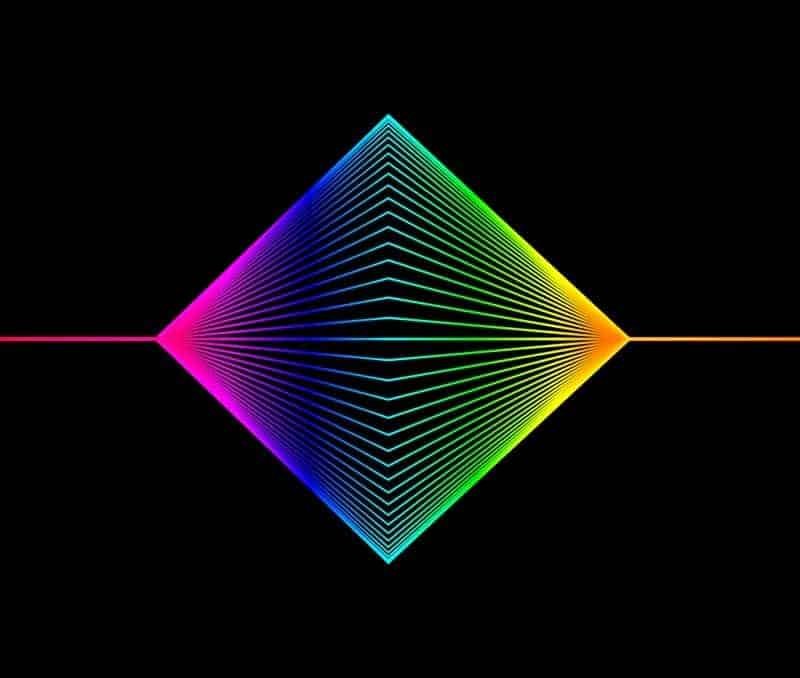Cybernetics is the scientific study of self-governing / self regulating systems. Cybernetic theory was first conceptualized by Plato as the study of self governance by people. Nowadays cybernetics is generally used in context to artificial intelligence. However cybernetic Theory can be applied to a multitude of other disciplines for example biology and even psychology.
Biological Cybernetic Theory Example:
The concept of homeostasis in human biology and biology in general is in essence the concept of cybernetics. For example the body wants to maintain the core body temperature at 37 in degrees Celsius. Whenever the temperature rises above this threshold, sensors in the human body pick this up. They relay this information to the thermostat area in the hypothalamus of the human brain. Which recognizes this and then sends signals to the sweat glands to produce sweat so that the body will cool off. When it comes back within range the hypothalamus stops sending these signals. In this way without any external intervention homeostasis of body temperature is maintained. This is exactly what cybernetic Theory studies.
Artificial Cybernetic Theory Example:
From the study of cybernetics we attempt to create such systems in engineering and in artificial intelligence. A simple example is the cruise control option in relatively newer cars. Here again we give the system a target speed, say 60 miles/ hour. If the car due to a slope / air resistance / friction starts to slow down or speed up it automatically triggers sensors. These then automatically either increase or decrease the force on the accelerometer depending on whether it needs to increase or decrease the speed to achieve the target. This keeps the car at a steady pace, with no human intervention needed to do so.
Cybernetic Theory often gets confused with artificial intelligence sometimes even used synonymously and interchangeably with it. The difference between these two is elegantly summarised by Paul Pangaro on his website. He basically explains that artificial intelligence grows from a desire to make computers / robots / software more intelligent and smart whereas cybernetics grows from a desire to understand and make systems that are able to achieve defined goals.
